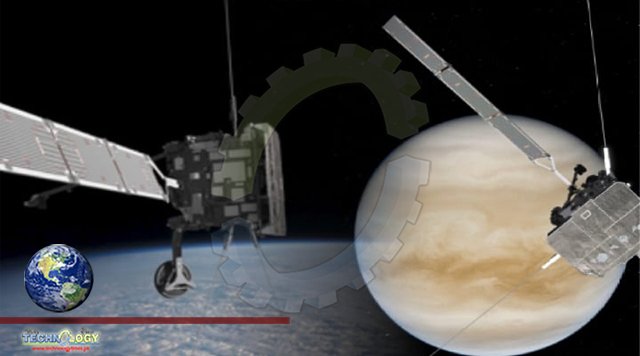The condition of the world’s glaciers has received the best satellite assessment to date, according to scientists.

The condition of the world’s glaciers has received the best satellite assessment to date, according to scientists. The roughly 200,000 glaciers on Earth were tracked by Europe’s Cryosat spacecraft, which found that due to climate change, they had lost 2,720 billion tonnes of ice in the previous ten years.
That translates to 2% of their bulk being lost over ten years. Because so many people depend on glaciers for farming and drinking water, it’s crucial to keep track of how quickly they’re changing.
Not only at the poles, but also at all other latitudes around the world, glaciers are found. The best way to gauge them is to routinely measure a few hundred at ground level. However, for the vast majority, tracking their adaptation to climate change requires observation from space.
It’s crucial that scientists carry that out. Their whiteness, like that of the larger ice sheets, reflects sunlight and aids in lowering global temperatures.
And in many regions of the world, glaciers serve as essential water storage facilities. It is estimated that more than 20% of the world’s population depends in some way on the summer melt waters that flow from glaciers for drinking water, agriculture, and to power hydroelectric plants. An experienced European Space Agency Earth observer is Cryosat.
It is equipped with a radar altimeter, which uses microwave pulses to measure height variations along the planet’s surface, particularly those caused by changes in the elevation of ice fields.
When monitoring the slight undulations in the interior of Antarctica and Greenland, this kind of instrument performs incredibly well. It is more difficult to measure the ice that flows across difficult terrain, like in valleys with steep sides.
But thanks to improvements in data processing, Cryosat can now effectively track developments even in those difficult-to-see places by improving the resolution and robustness of its vision.
This method was used in the study to assess all of the world’s glaciers, which was published on Wednesday in the journal Geophysical Research Letters.
According to satellite observations, melting in an increasingly warm atmosphere was responsible for 89% of the ice loss observed between 2010 and 2020. The melting or increased flow of glaciers due to their fronts terminating in warmer ocean or lake waters accounted for only 11% of the loss.
The glaciers in Alaska have lost the most mass. Over the course of the 10-year study period, they lost more than 80 billion tonnes annually, which is equivalent to about 5% of the region’s total ice volume. The warmer air temperatures are definitely having an impact on this.
The Arctic—at Svalbard, the Norwegian archipelago—and in the Russian sectors of the Barents and Kara seas are two locations where glaciers appear to be eroding and moving more quickly because their fronts end in warmer waters.
Over 50% of the mass loss in these regions is attributed to an increase in ice discharge into the ocean. Noel Gourmelen from Edinburgh University in the UK said, “This is a result of what is called the “Atlantification” of the Arctic.”
“The Arctic Ocean’s surface waters are typically chilly and fresh, but as currents rise from the Atlantic, they are increasingly becoming warmer and more salty in some of these regions.
Consequently, more ice is being lost by glaciers into the ocean,” he told the BBC. Naturally, this will accelerate sea level rise, which already poses a threat to low-lying areas.
An old spacecraft called Cryosat spacecraft has operated well past its intended lifespan. Although they expect it to continue working for a few more years, scientists are aware that it could stop working at any moment. With the current code name of Cristal, the European Union is preparing a long-term satellite series that takes inspiration from Cryosat spacecraft.
According to Livia Jakob, a colleague from Edinburgh, “What we’ve shown you can do with Cryosat to measure glaciers around the world augurs well for the Cristal mission.”
At one of the largest gatherings of Earth scientists in the world, the European Geosciences Union General Assembly, in Vienna, Austria, Ms. Jakob, who oversaw the research from her remote sensing business Earthwave, has been discussing its implications.